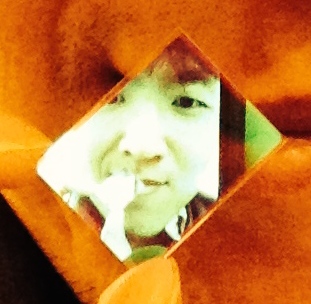Rob Spekkens is a theoretical physicist who works on the foundations of quantum mechanics, which means that he thinks a lot about the meaning of experiments in quantum mechanics: what experiments are for, their relationship to theory, and how to build better ones. In a recent talk (June 2017, ETH Zurich) he distinguished between the three best reasons for doing experiments in physics:
- don’t know what we’ll find (e.g. in cosmology)
- adjudicate between competing theories
- identify phenomena that resist explanation in current theoretical paradigm
and two less good (but still valid) reasons:
- doing it improves our own understanding
- helps us develop technology based on the theory
I understand Rob’s reason for distinguishing the two sets of reasons (he thinks many experiments in quantum physics are unnecessary, since all they do is confirm the standard theory), but for the purposes of this post I won’t distinguish between the two sets. A gold-standard physics experiment should satisfy all five reasons, and they all reflect some pragmatic aspect of “what an experiment is”.
Speaking of pragmatics, Rob also has a wonderful little diagram illustrating how the different aspects of physics—realist, empiricist, and pragmatist—interact in quantum mechanics. There’s the realists, dominated by theoreticians, who construct all those pretty interpretations of physics and claim, “this is how the real world works”. There’s the empiricists, who analyze the data, come up with all the probability tables and say “whatever ‘real’ means, these are the probability tables that work; when you do A, you get B back (this percent of the time)”. And finally there’s the pragmatists: whatever the probability tables or Hilbert spaces or diagrams are telling me, they should help me propose a concrete experiment or solve a concrete engineering problem.

How different traditions in physics interact to produce (the field of) physics. Courtesy of Rob Spekkens.
I love this diagram! First, let’s recognize what it is: it is a structural, pragmatic account of physics research. It’s structural because it decomposes physics into these three different traditions, and tells us about their interaction. It’s pragmatic because it talks about how to understand and build actual experiments, and because it has a giant atomic symbol to represent all the other practical stuff! To be clear, I don’t think Rob would say that only pragmatists design experiments, only that experiments in the lab are ultimately ground in complex stuff like lasers, beam splitters, and measurement devices that go beep; “axiomatization from pragmatic principles” means taking the complex stuff in the lab and operationalizing it into abstract stuff like probability measures, unitary operators, and even “observers”. In return, a list of the abstract stuff can be converted directly into laboratory procedures.
In this post (adapted from a recent talk I gave at the Rethinking Workshop), I’d like to spend some time thinking about the following question: how can we build a “higher-order” model not only of the physical theories but of the physical experiments which test those theories, so that we can ground out “physical interpretations of theories” (e.g. interpretations of quantum mechanics) in terms of their pragmatics, i.e. the experiments they suggest?
(This post is currently in progress!)
Continue reading →



